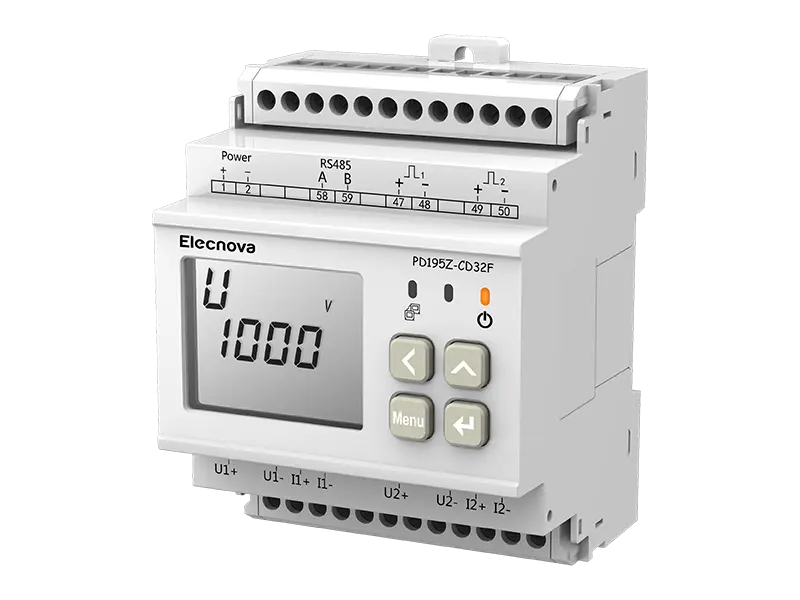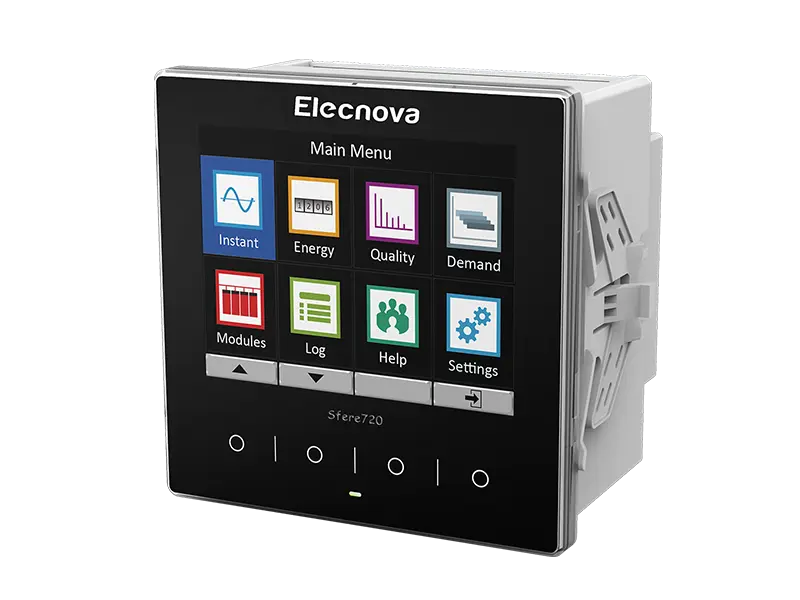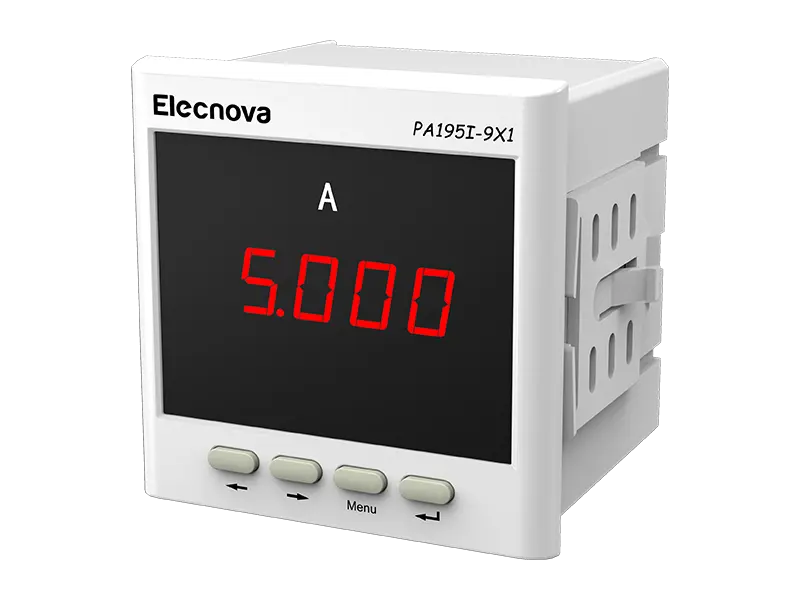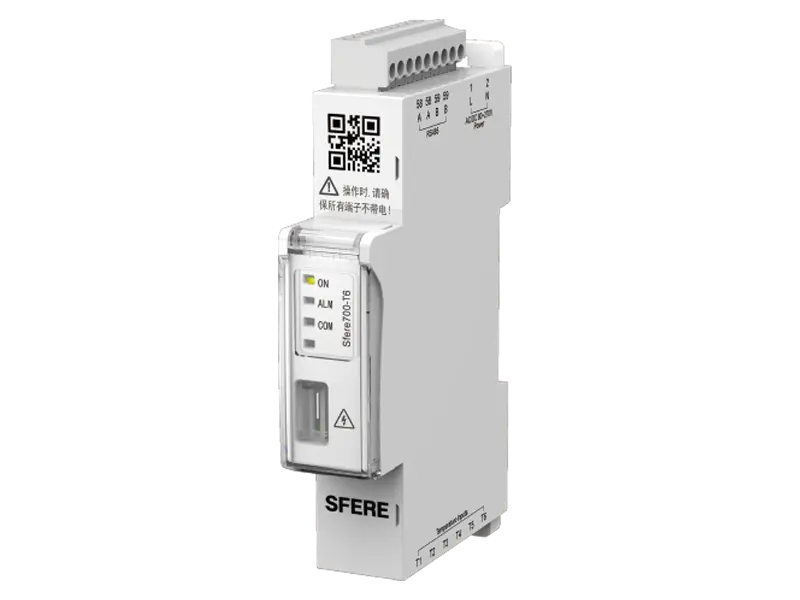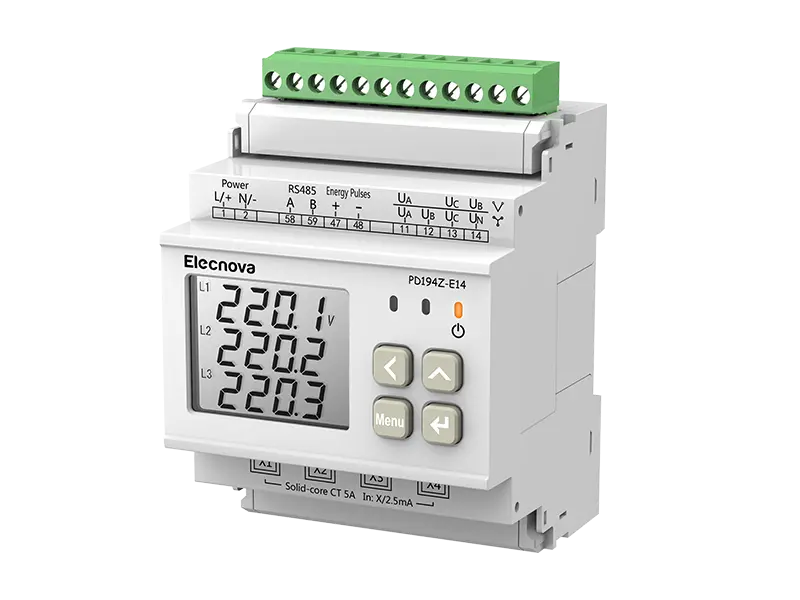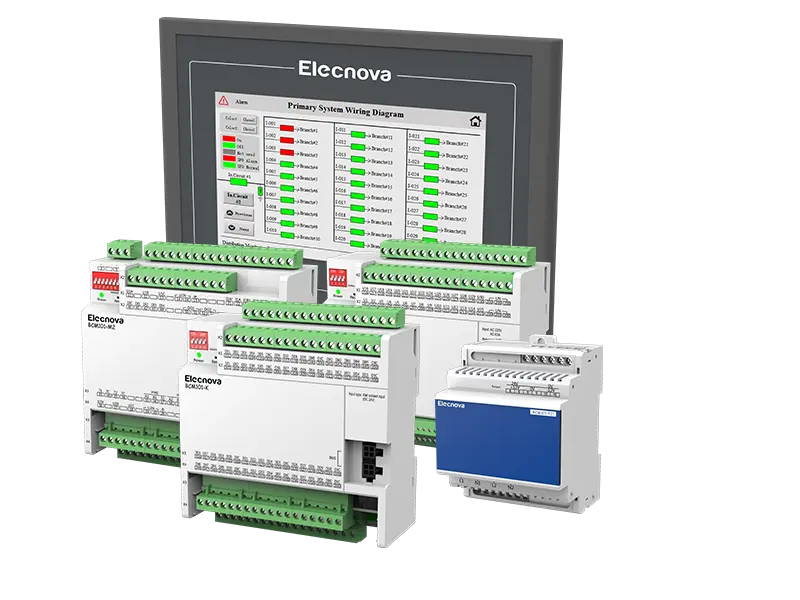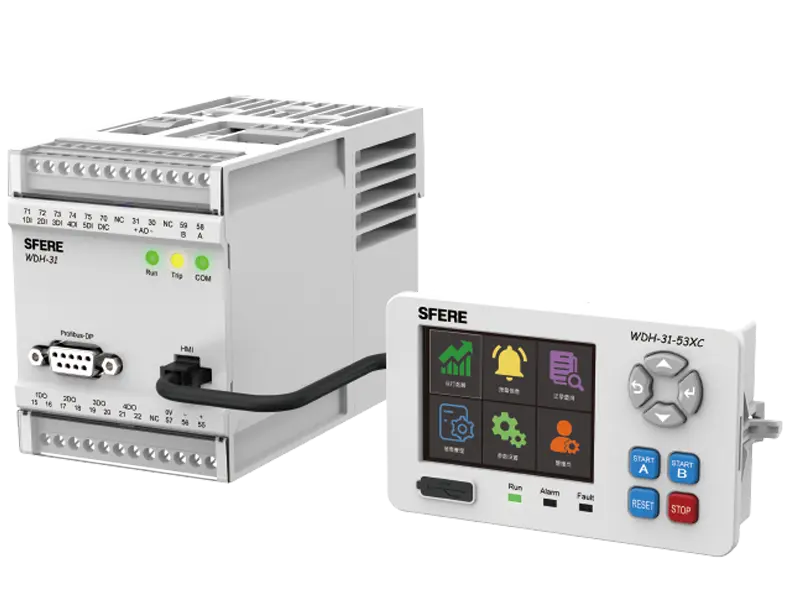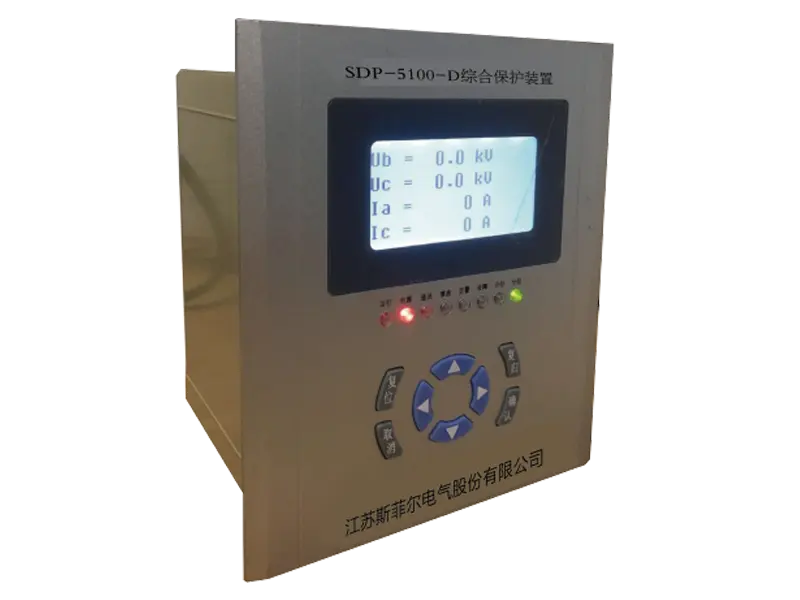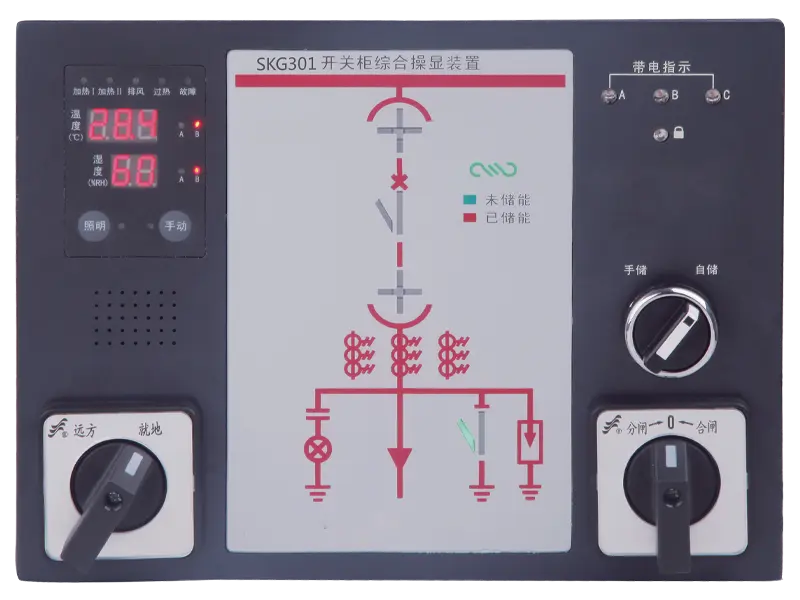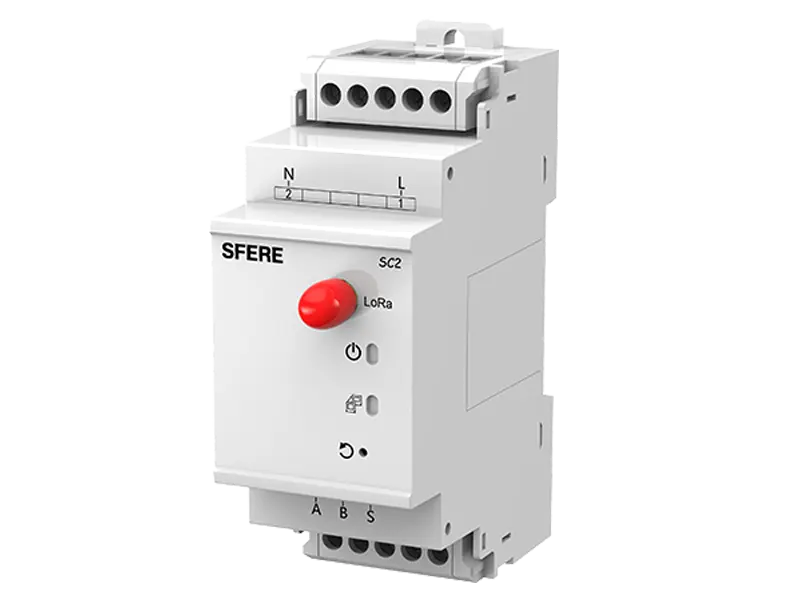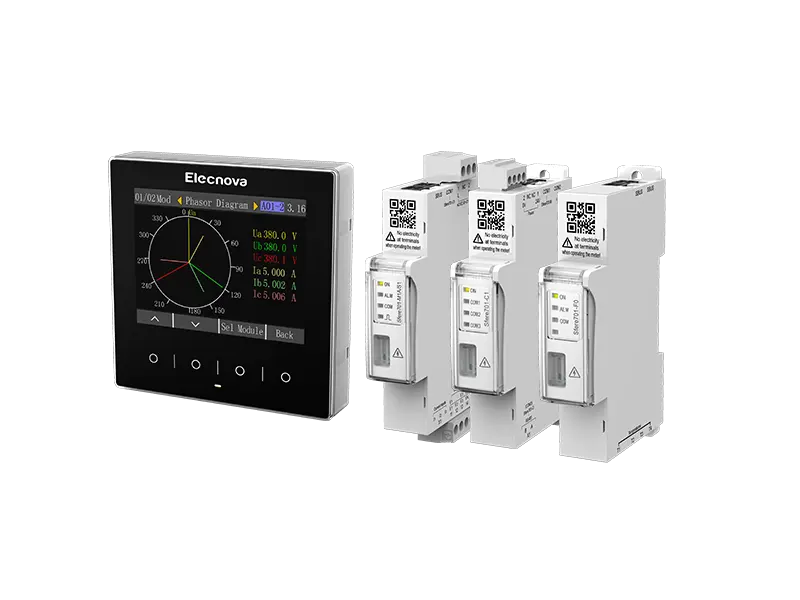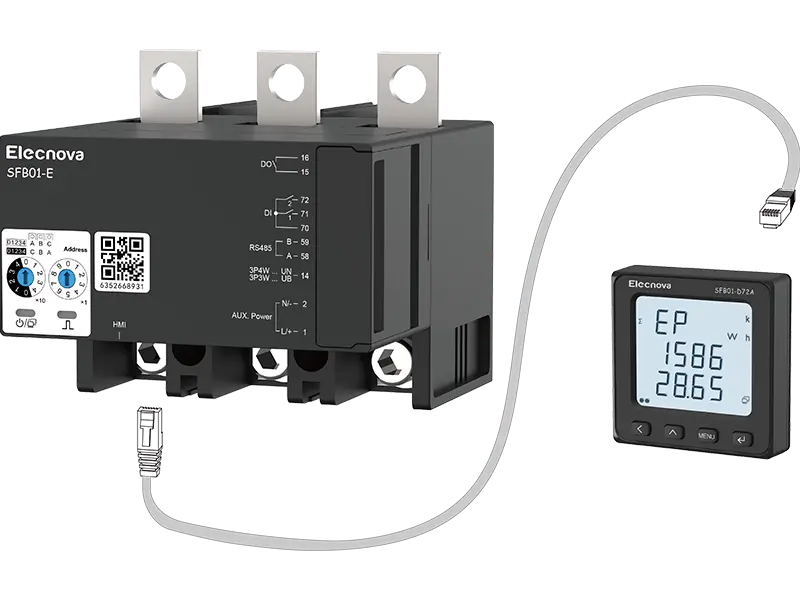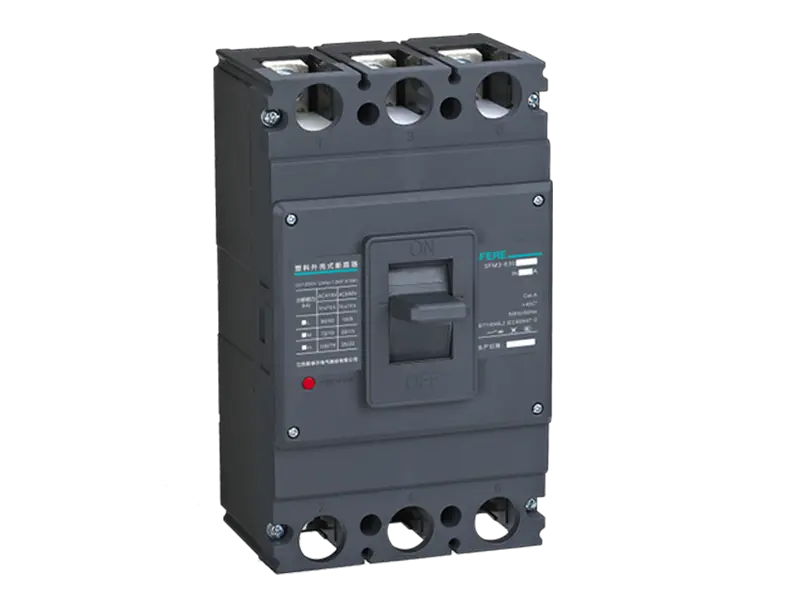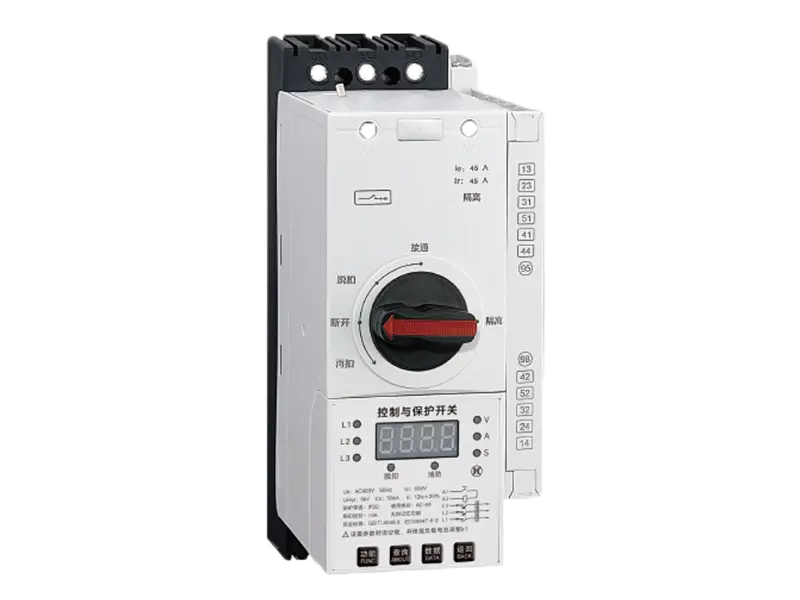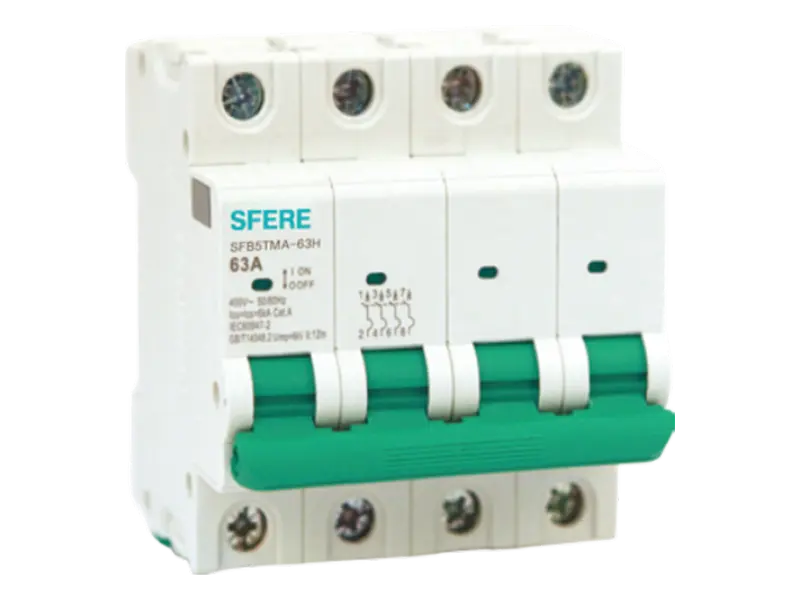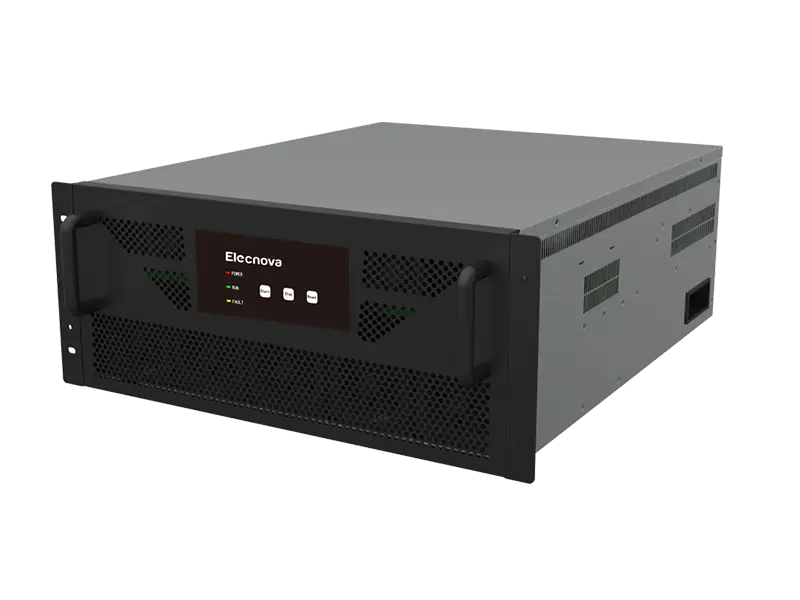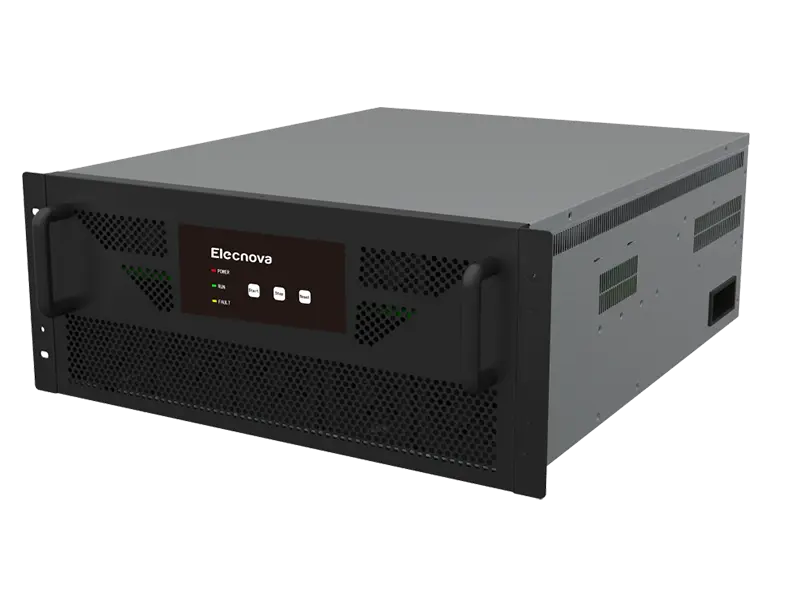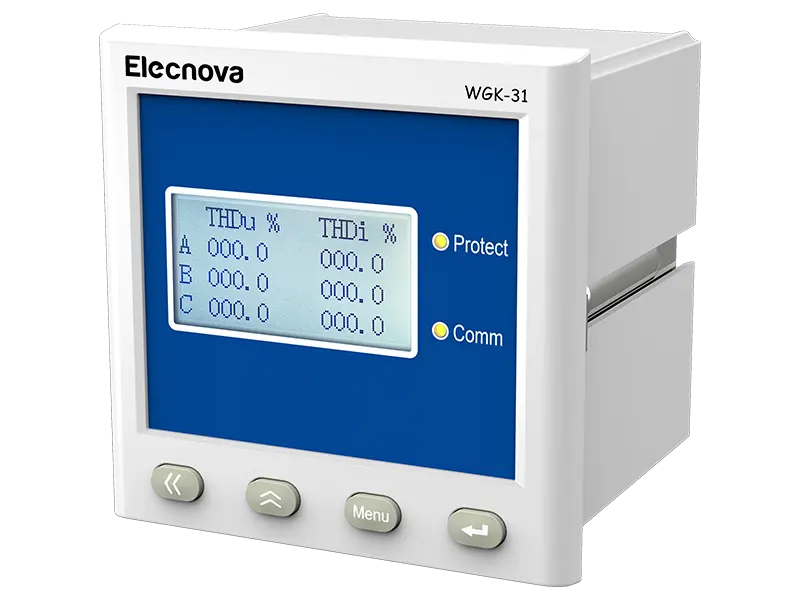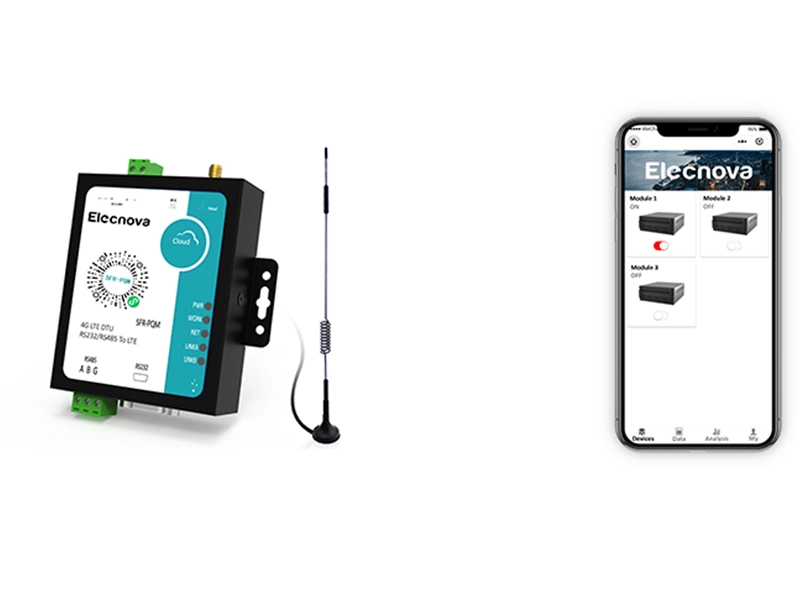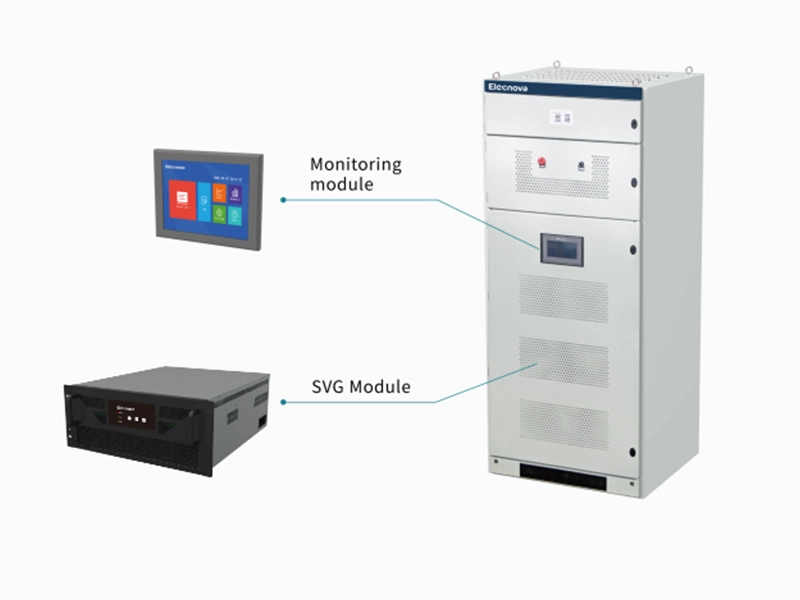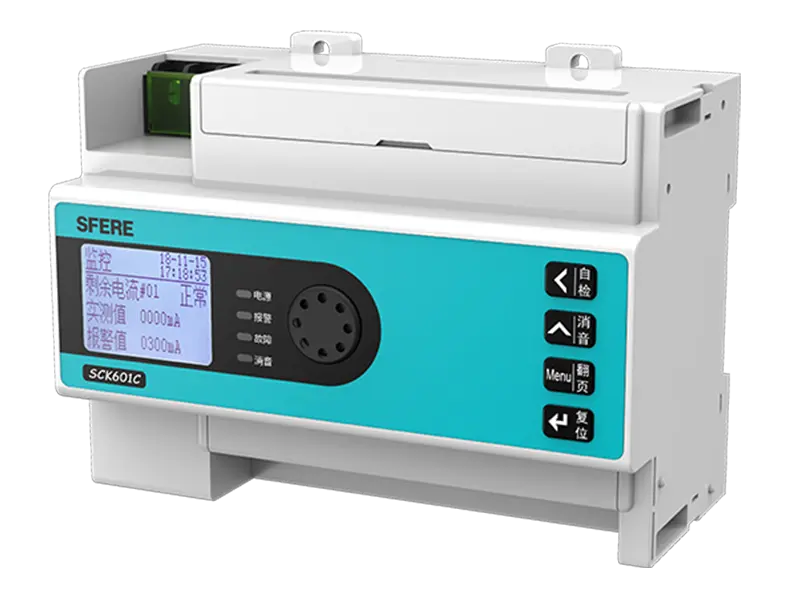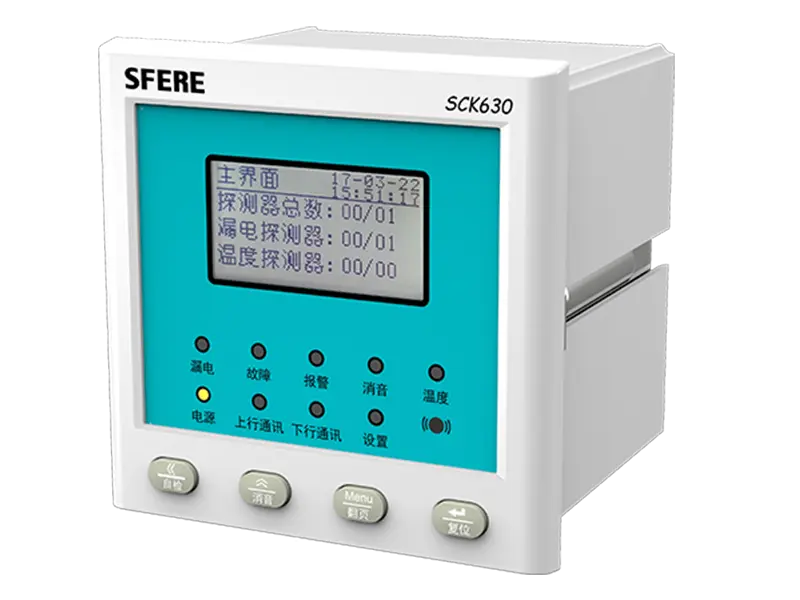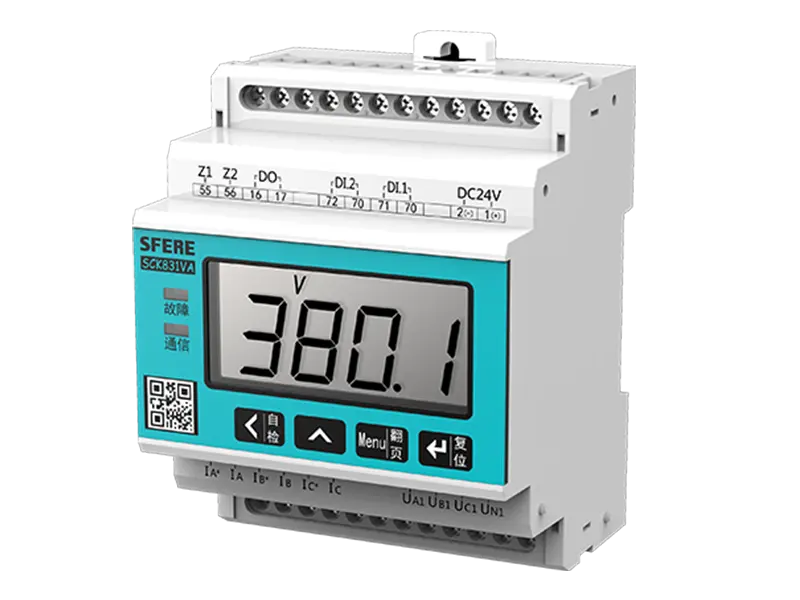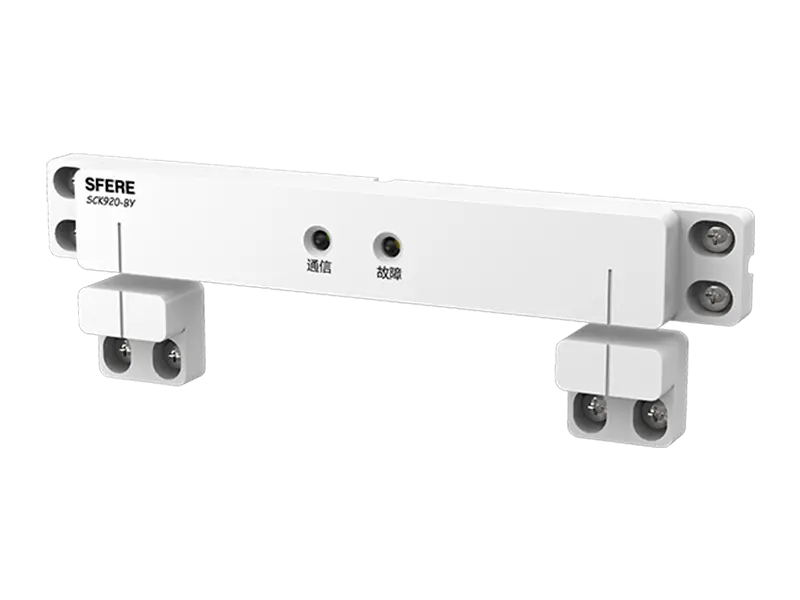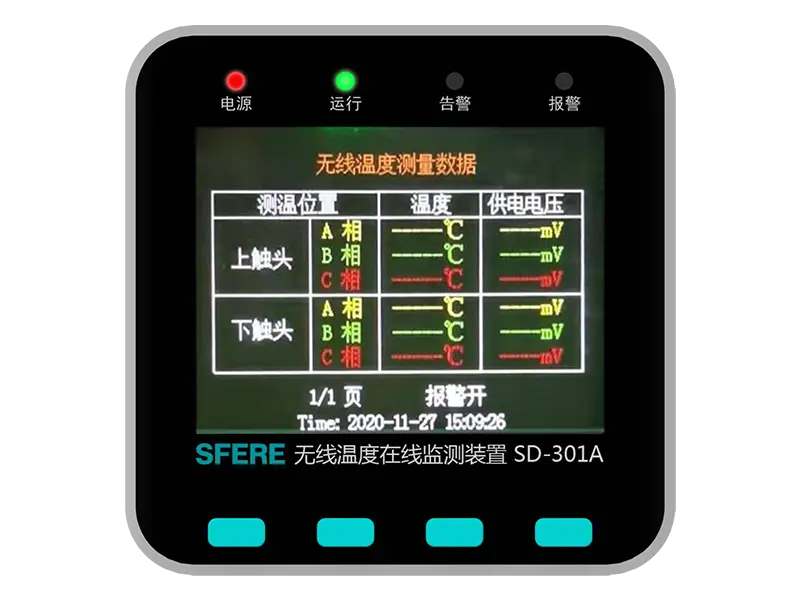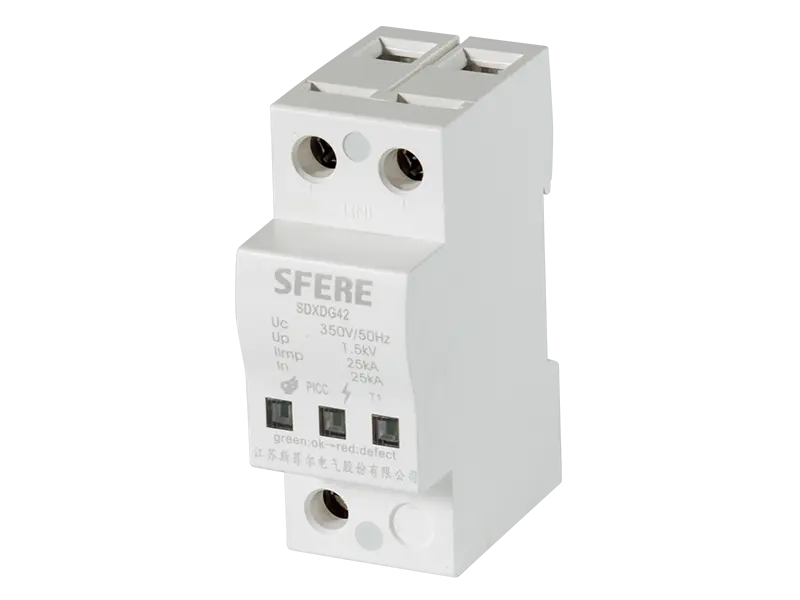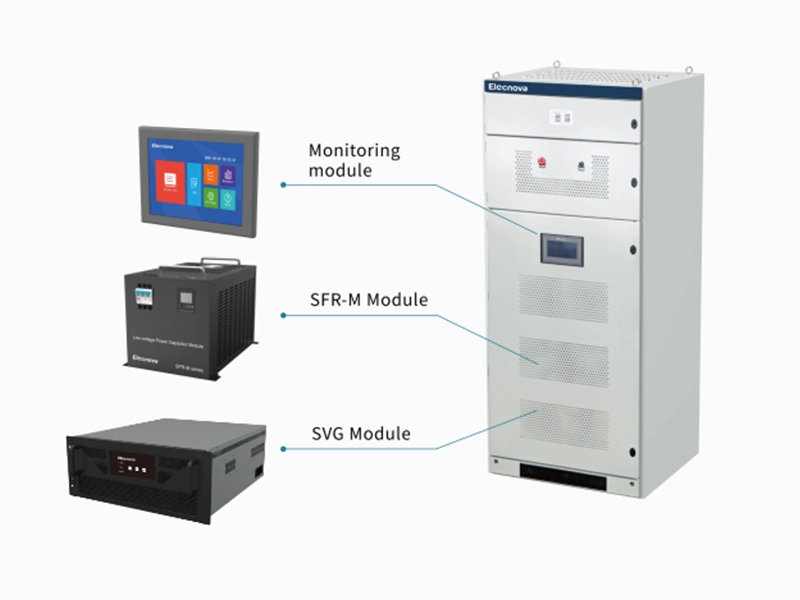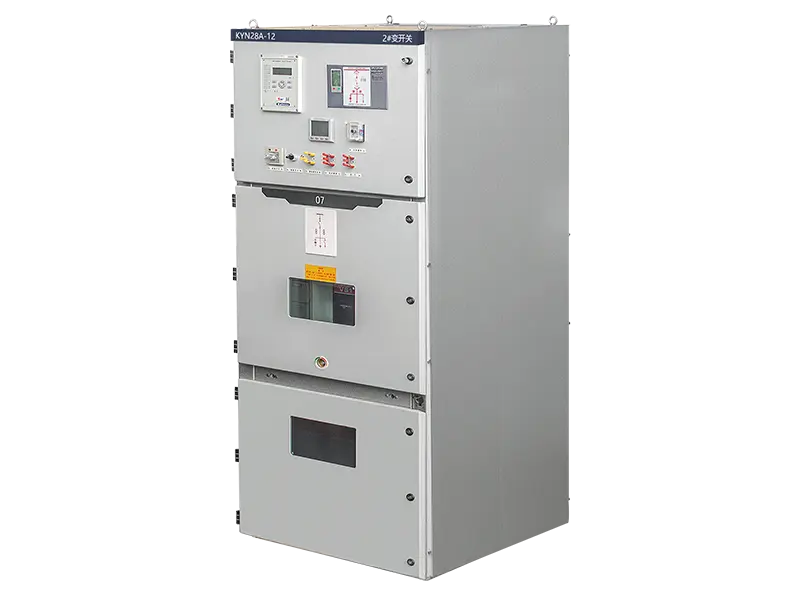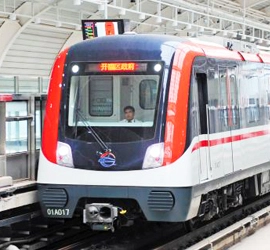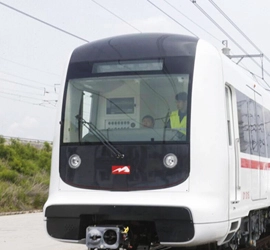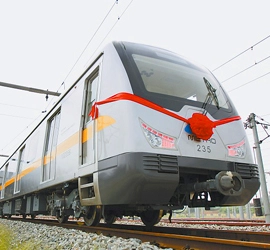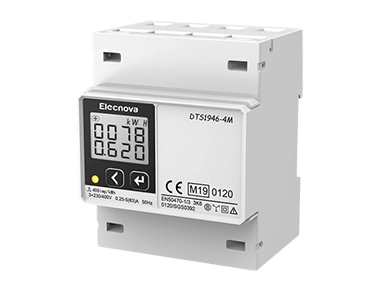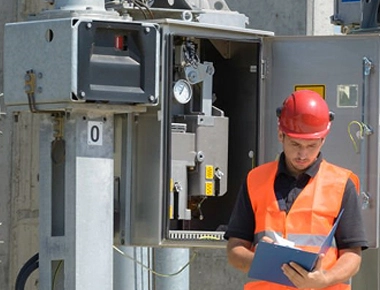Hangzhou Metro Line 2 is the second subway line in Hangzhou that has been put into operation. The southeast section of the project started construction on September 28, 2008 and was put into trial operation on November 24, 2014. The northwest section started construction on September 29, 2011 and was completed and put into trial operation on July 3, 2017 (except for the temporary delay in the opening of Xianingqiao Station due to engineering progress, which was opened for trial operation in September 2017). The second phase started construction on January 16, 2015 and was completed and put into trial operation by the end of 2017. Liangzhu Station has been included in the construction plan of Hangzhou Metro Phase III and is being accelerated. It will be completed and opened to traffic simultaneously with Phase II by the end of 2017.
The first phase of the line has a total length of 30.5 kilometers, all of which are underground lines, with a total of 33 stations; The second phase has a total length of 12.8 kilometers and a total of 9 stations. The third phase of the line is 1.6 kilometers long, with a total of 1 station.
The first phase of the project, sections six and seven, and the second phase, sections one and three, use the SCK600 electrical fire monitoring system and SCK800 fire equipment power monitoring system independently developed by Jiangsu Sfere Electric Co., Ltd.
The SCK600 electrical fire monitoring system has passed the 3C mandatory certification of the National Fire Electronic Product Quality Supervision and Inspection Center. Through a distributed design scheme, it monitors over 900 signal detectors in 10 stations, achieving a series of functions such as real-time monitoring, alarm setting and prompts, system fault recording and self inspection, ensuring the safe operation of Metro Line 2.
The SCK800 fire equipment power monitoring system monitors the power status of the fire equipment in real time, reflects the power status of the monitored equipment in real time, and displays it centrally. This can effectively avoid the critical situation where the fire equipment cannot work properly due to power failure in the event of a fire, and maximize the reliability of the fire linkage system.



